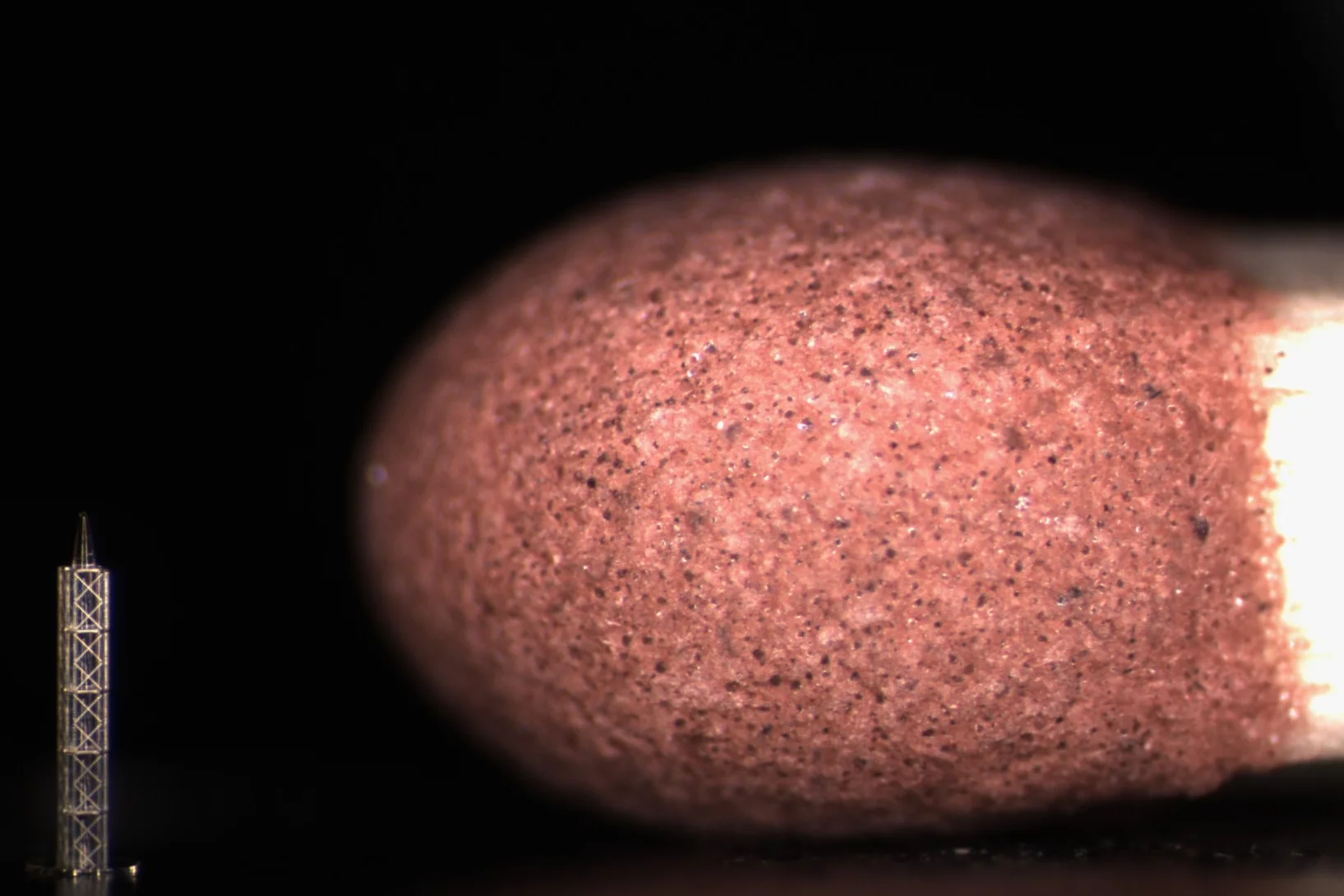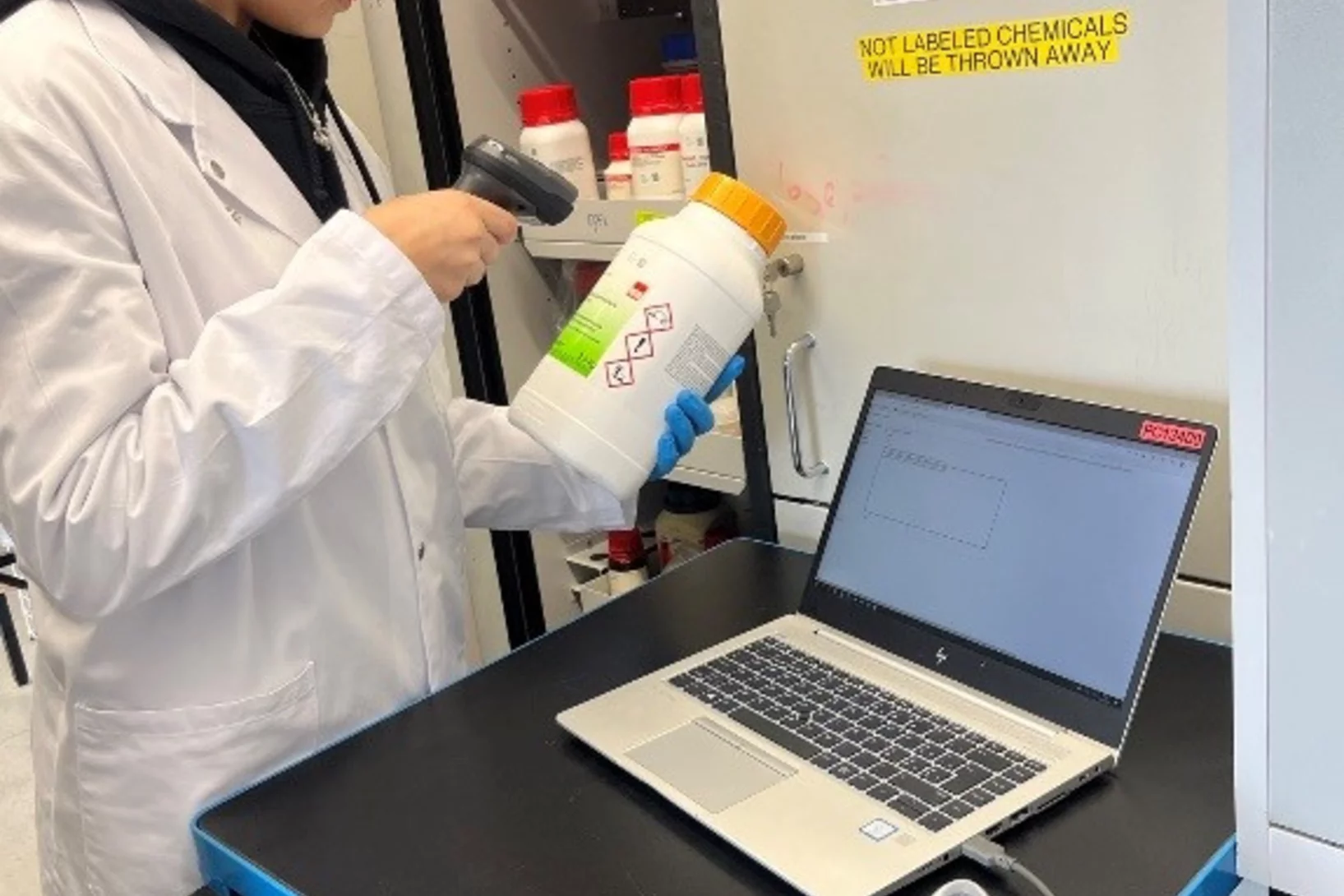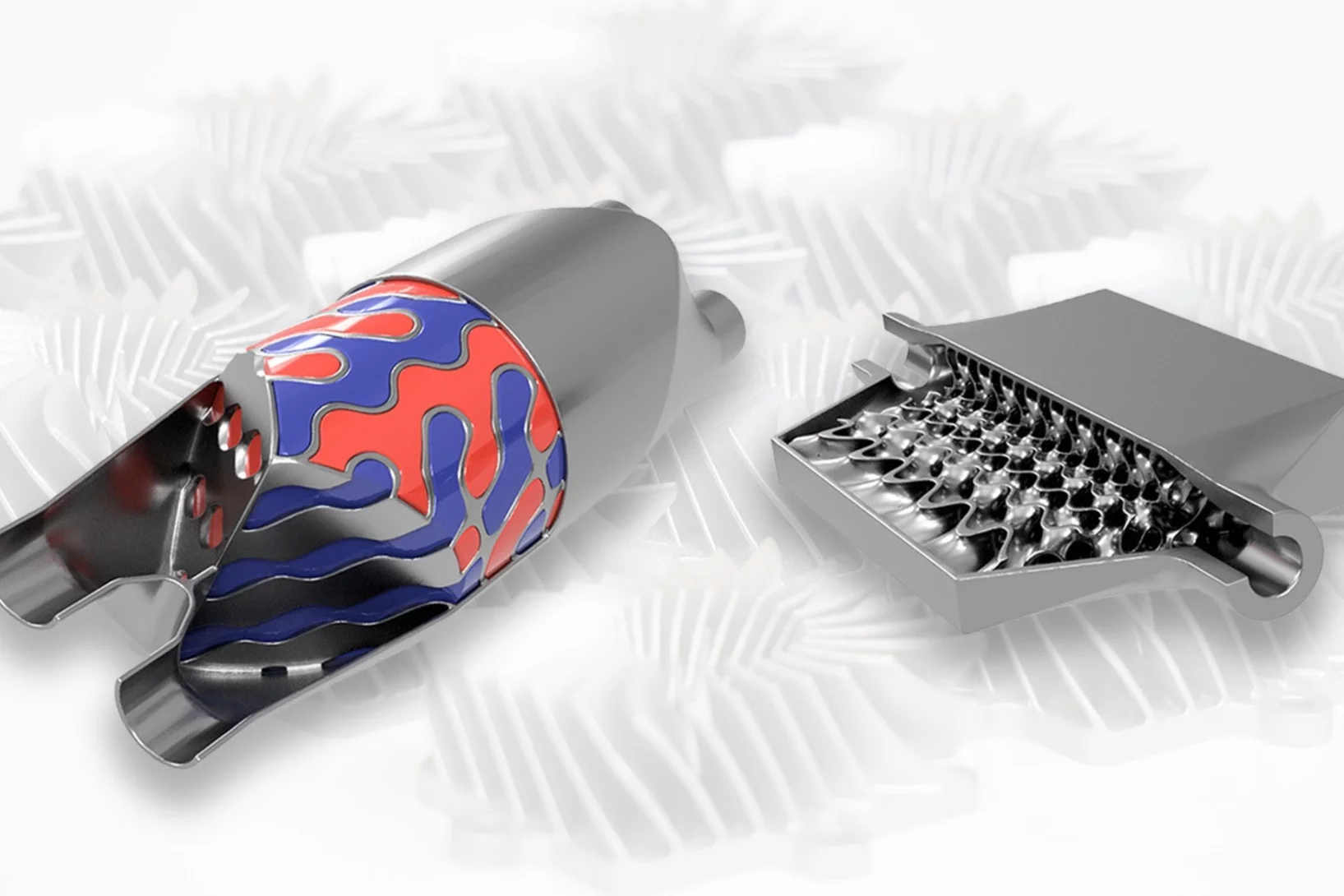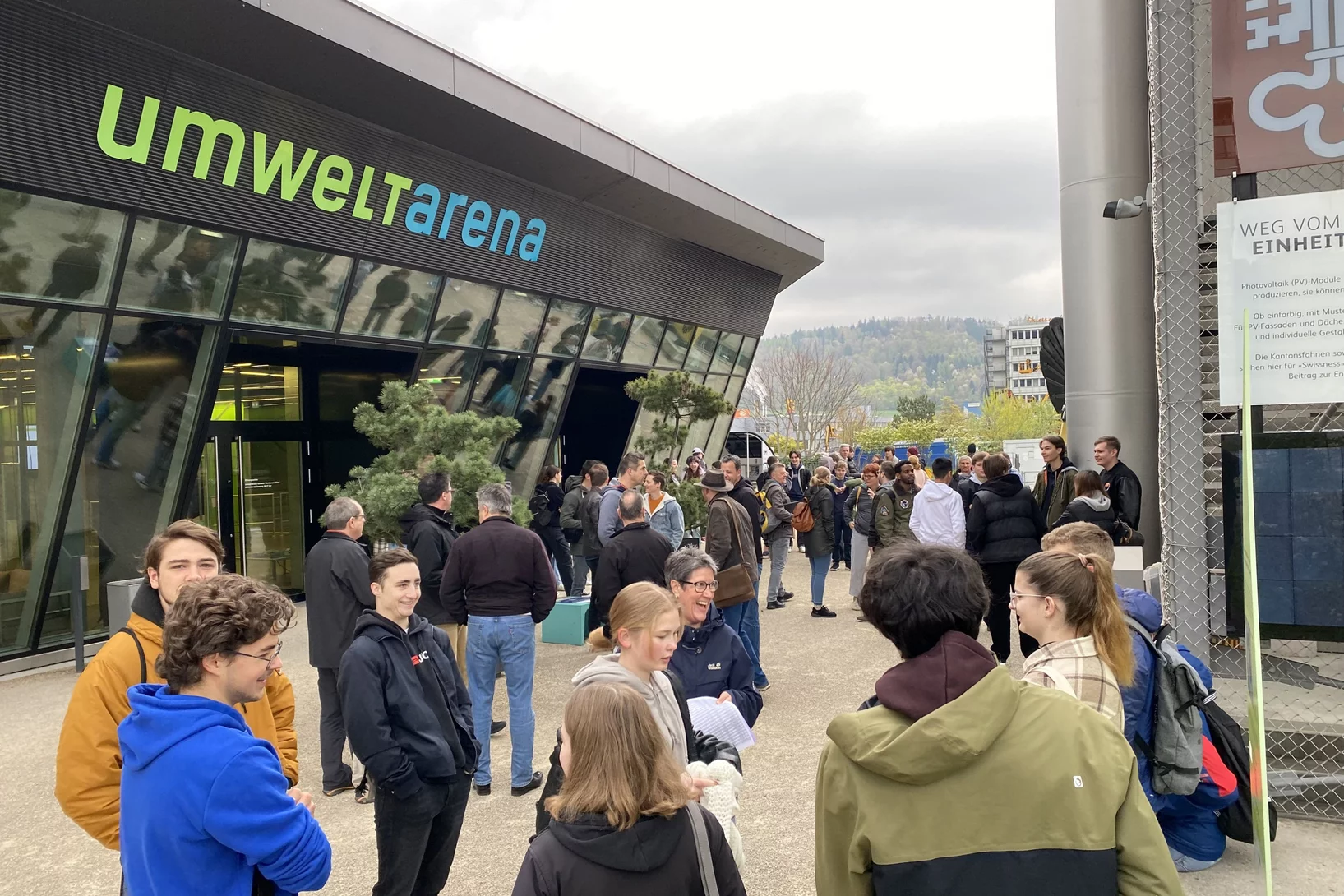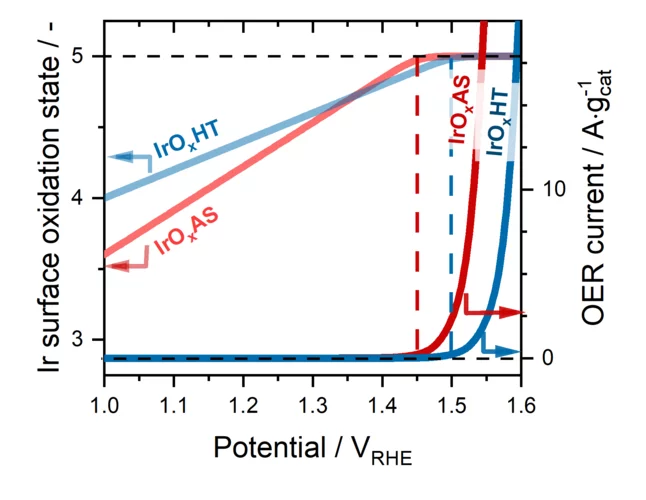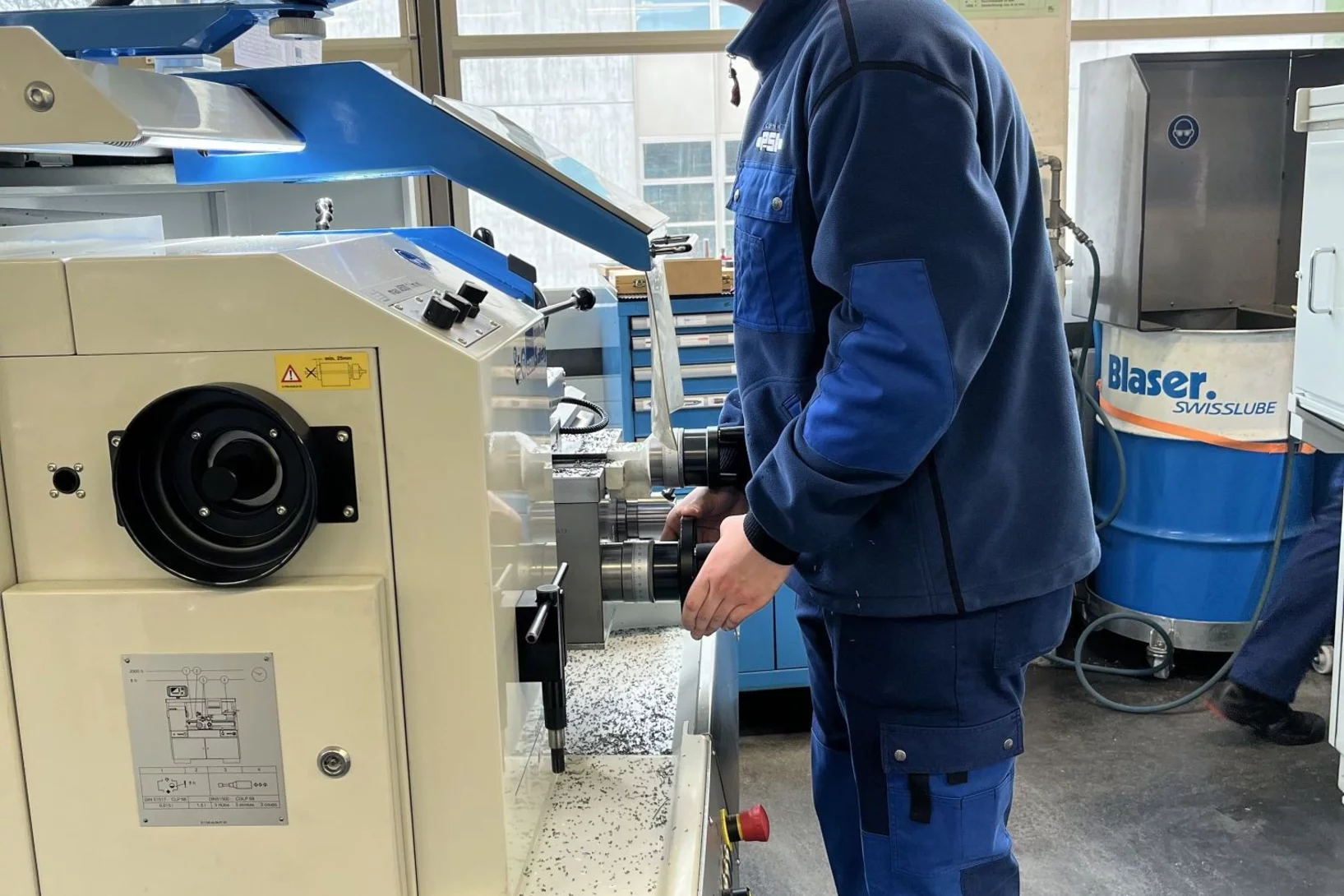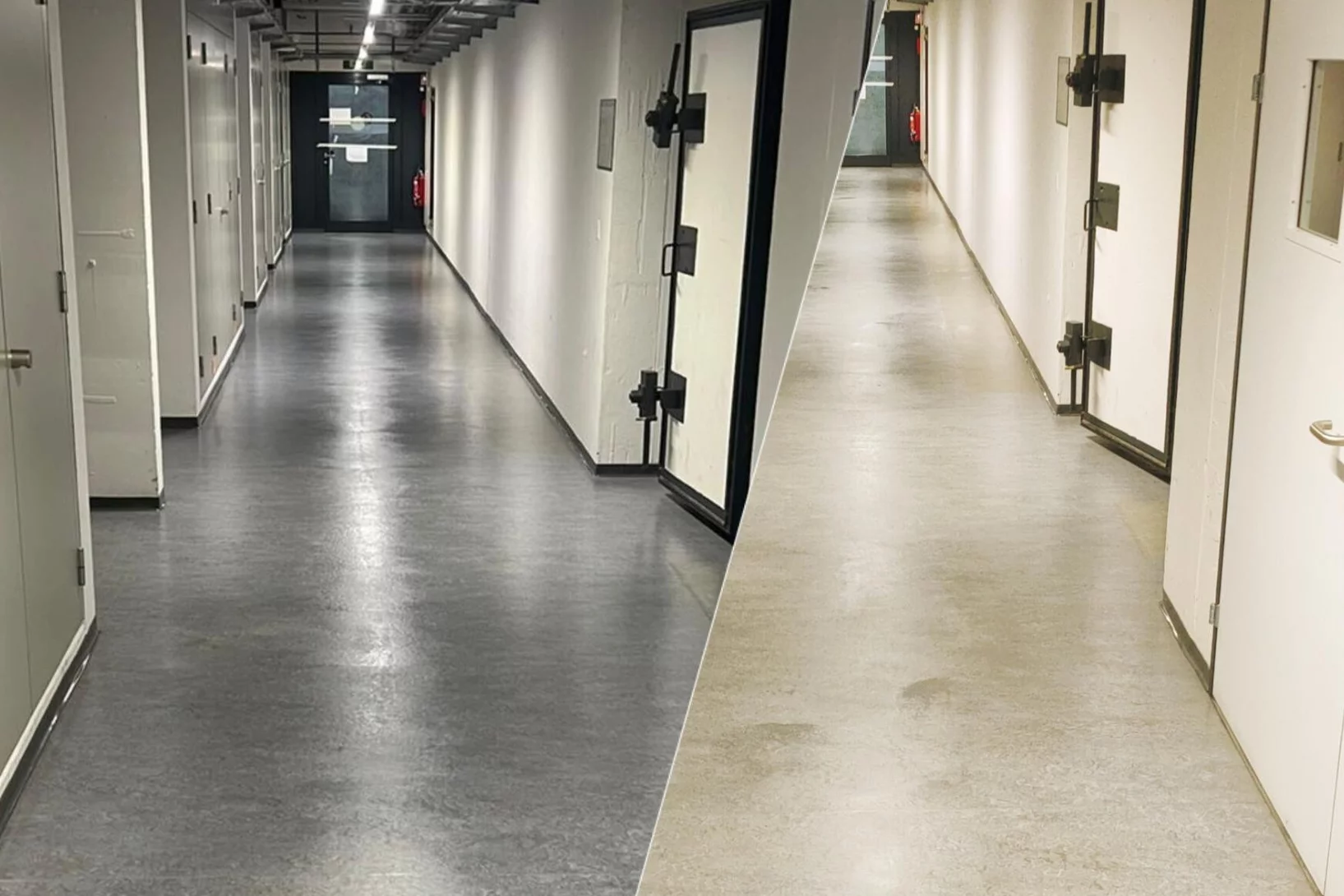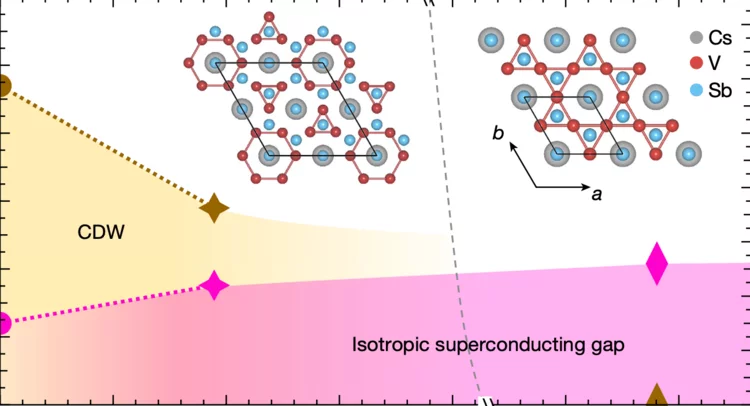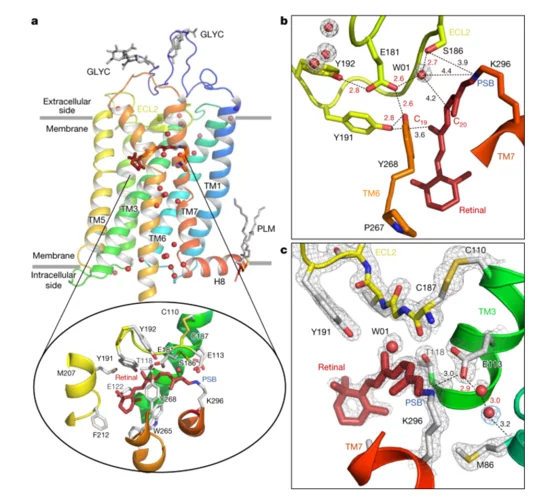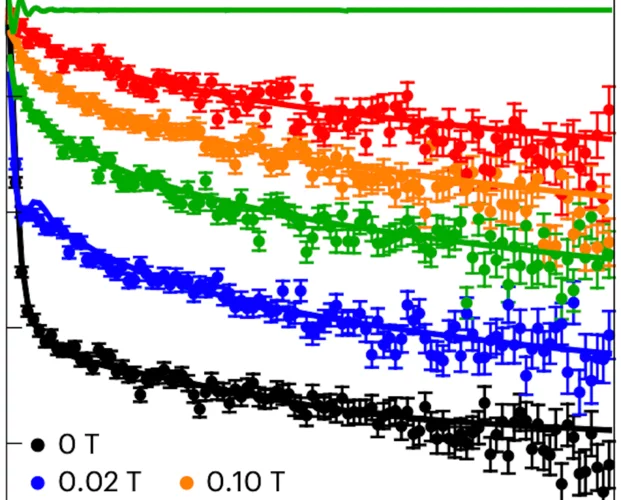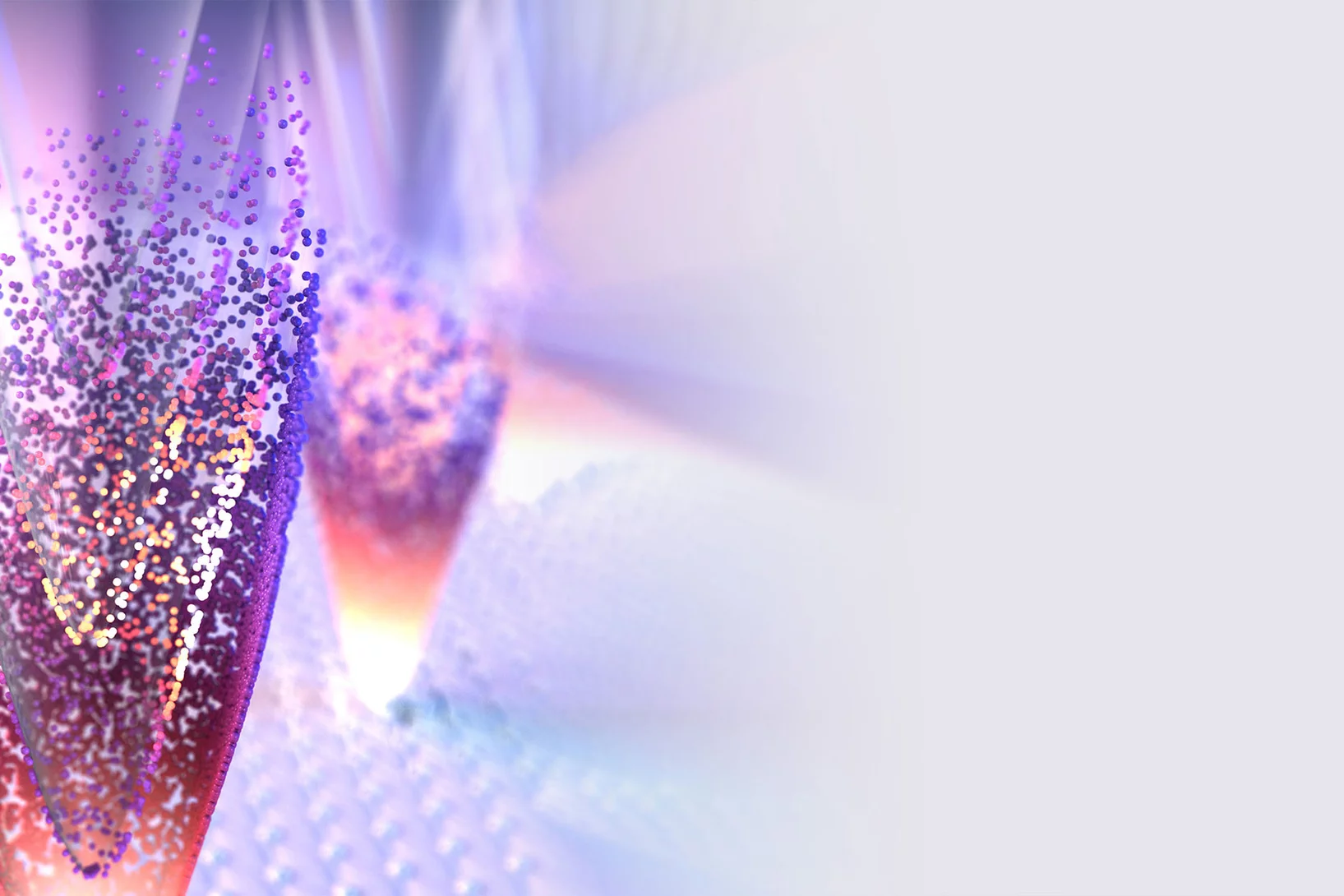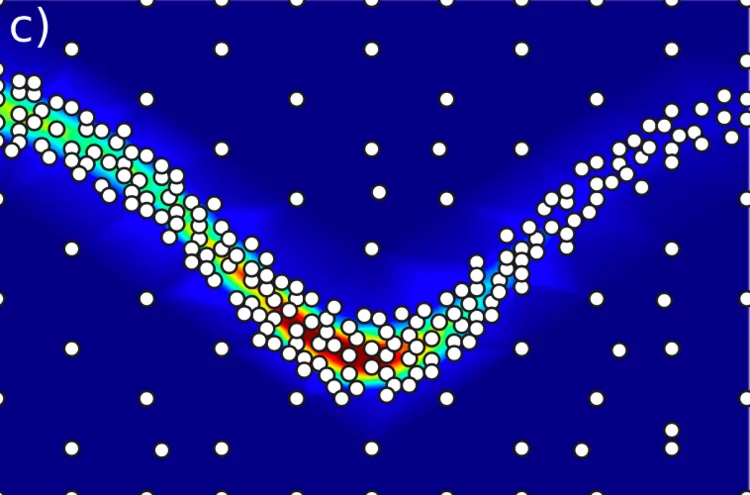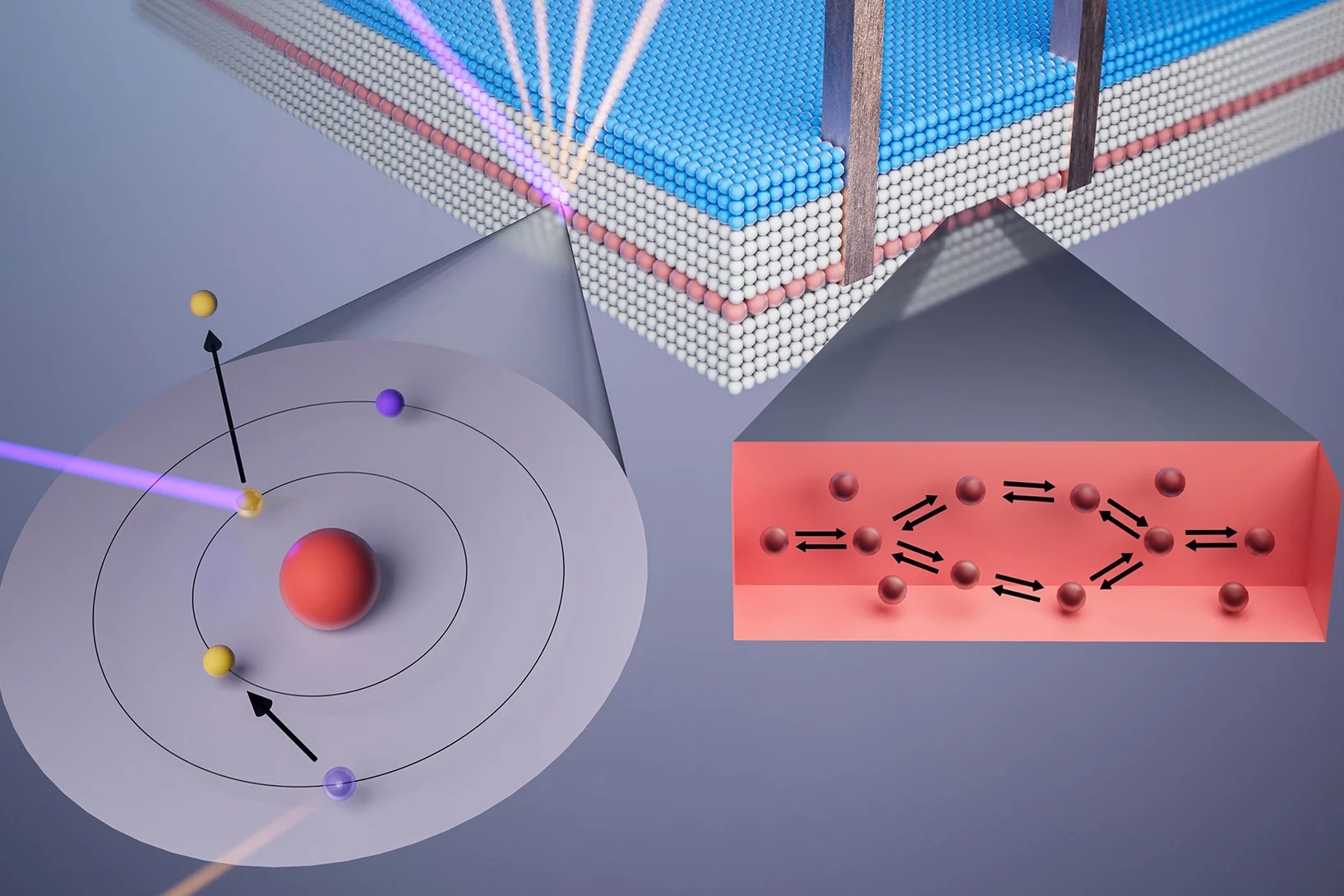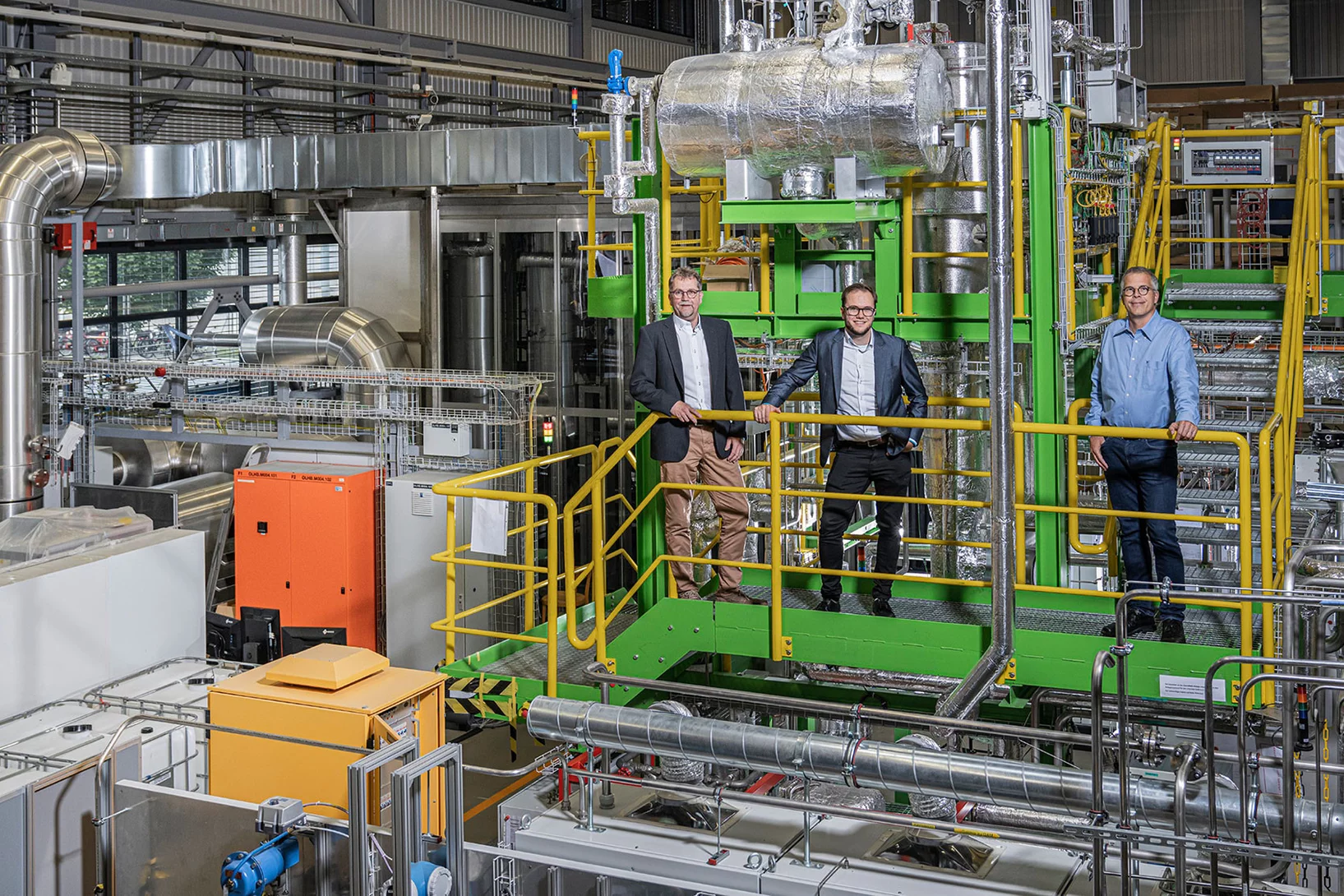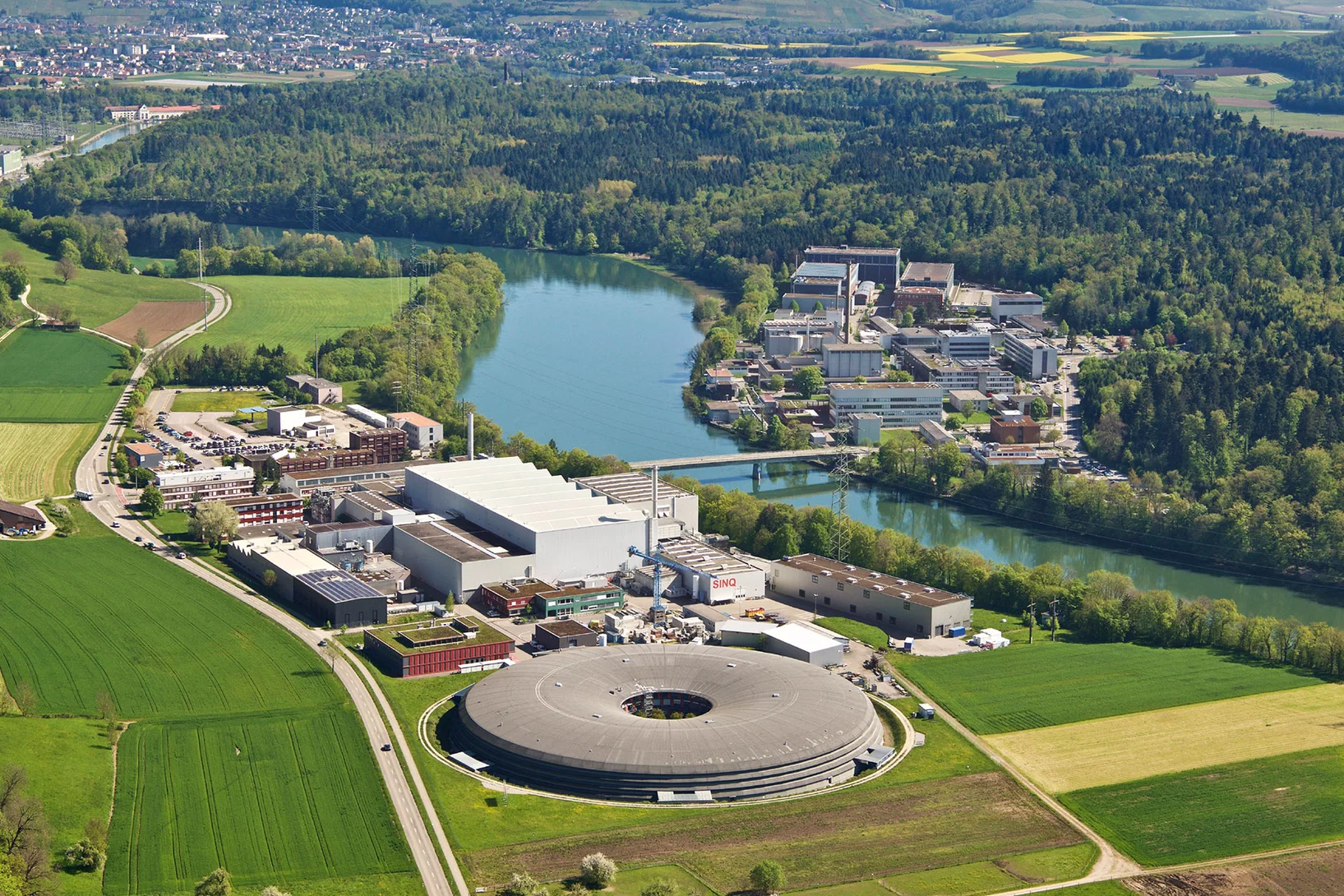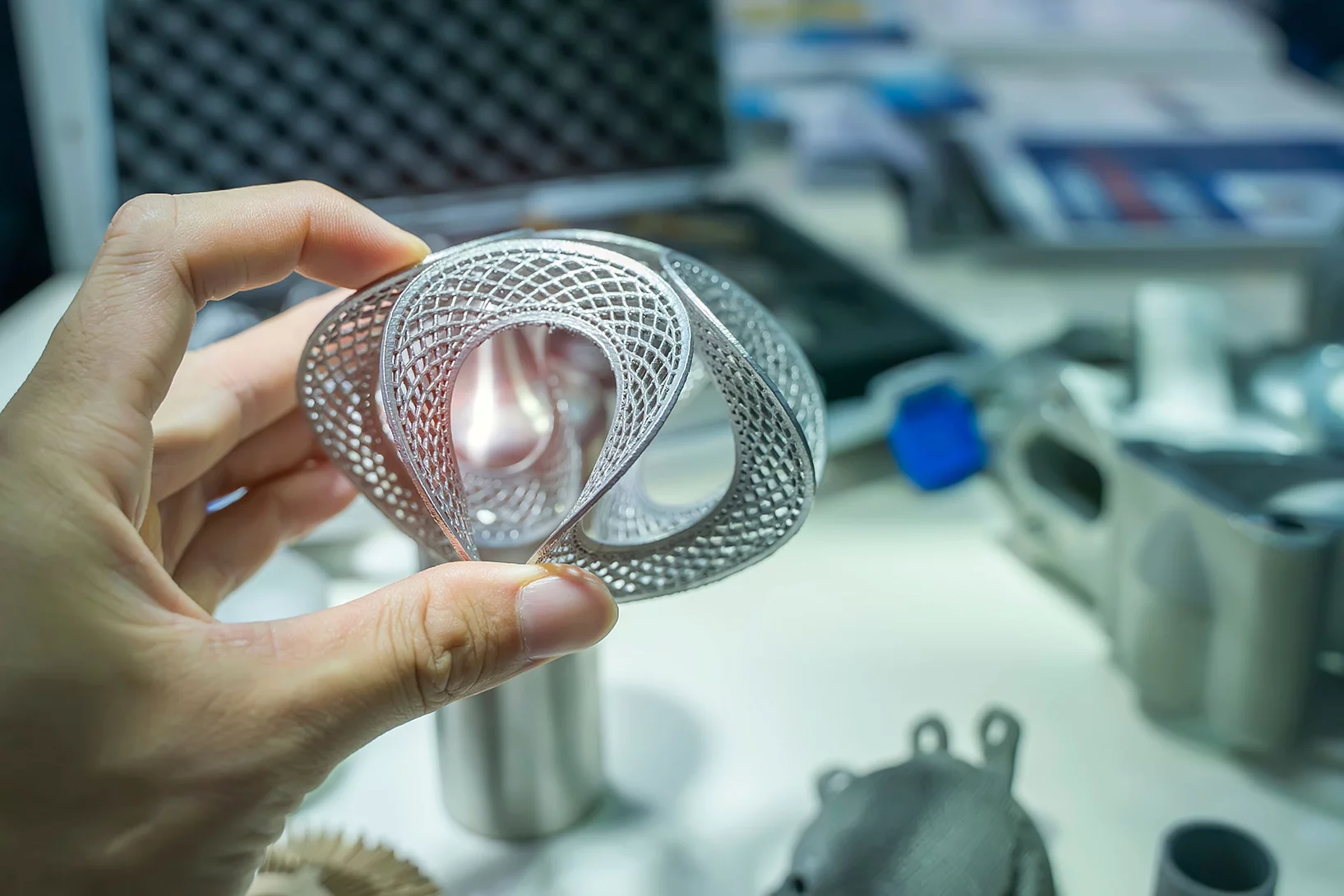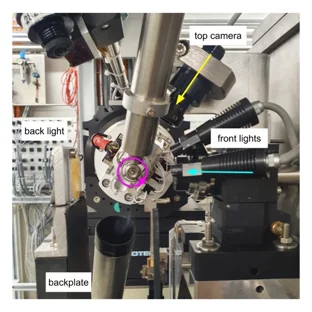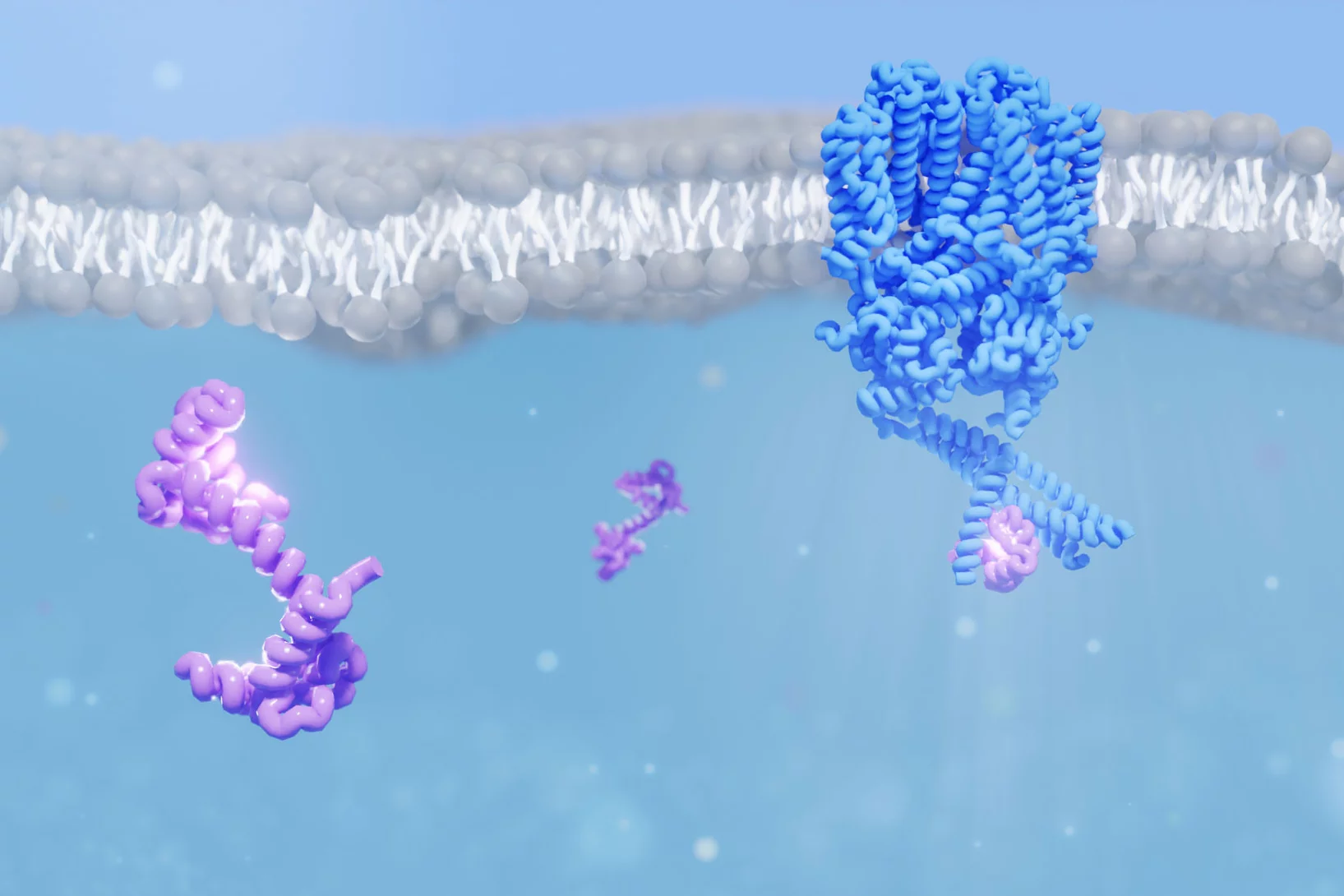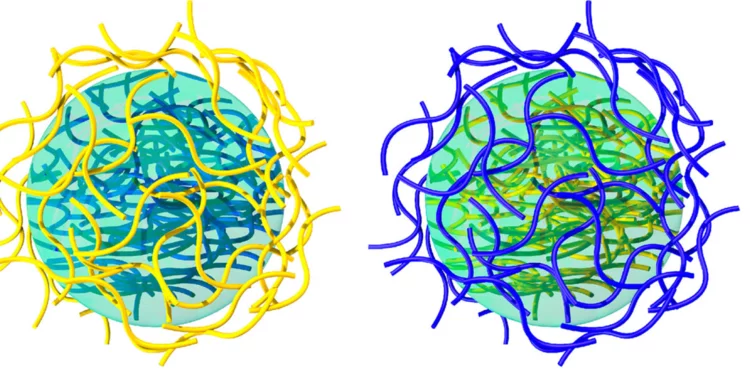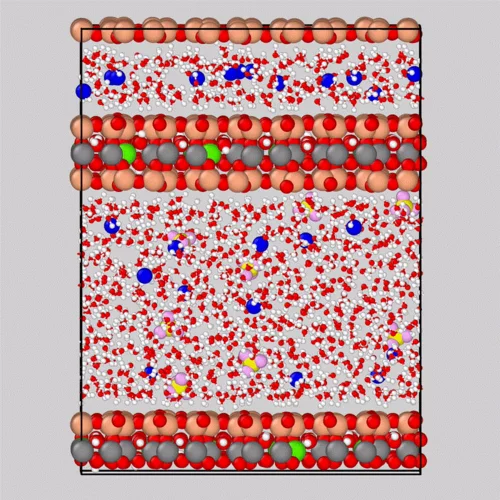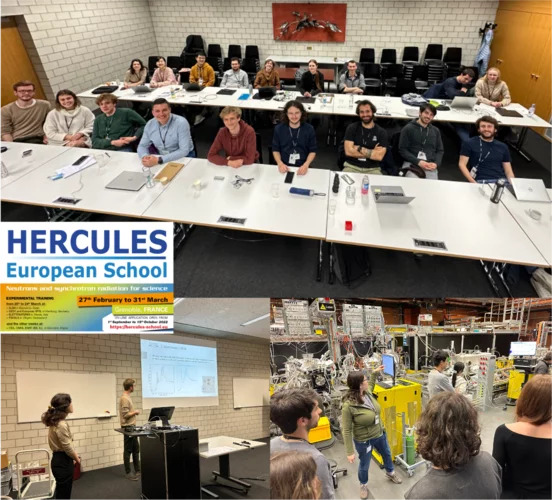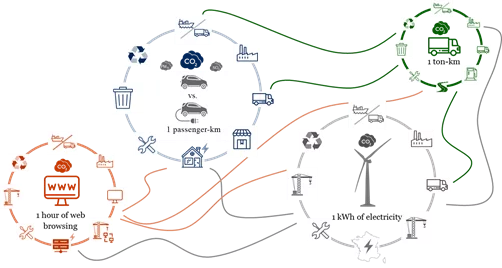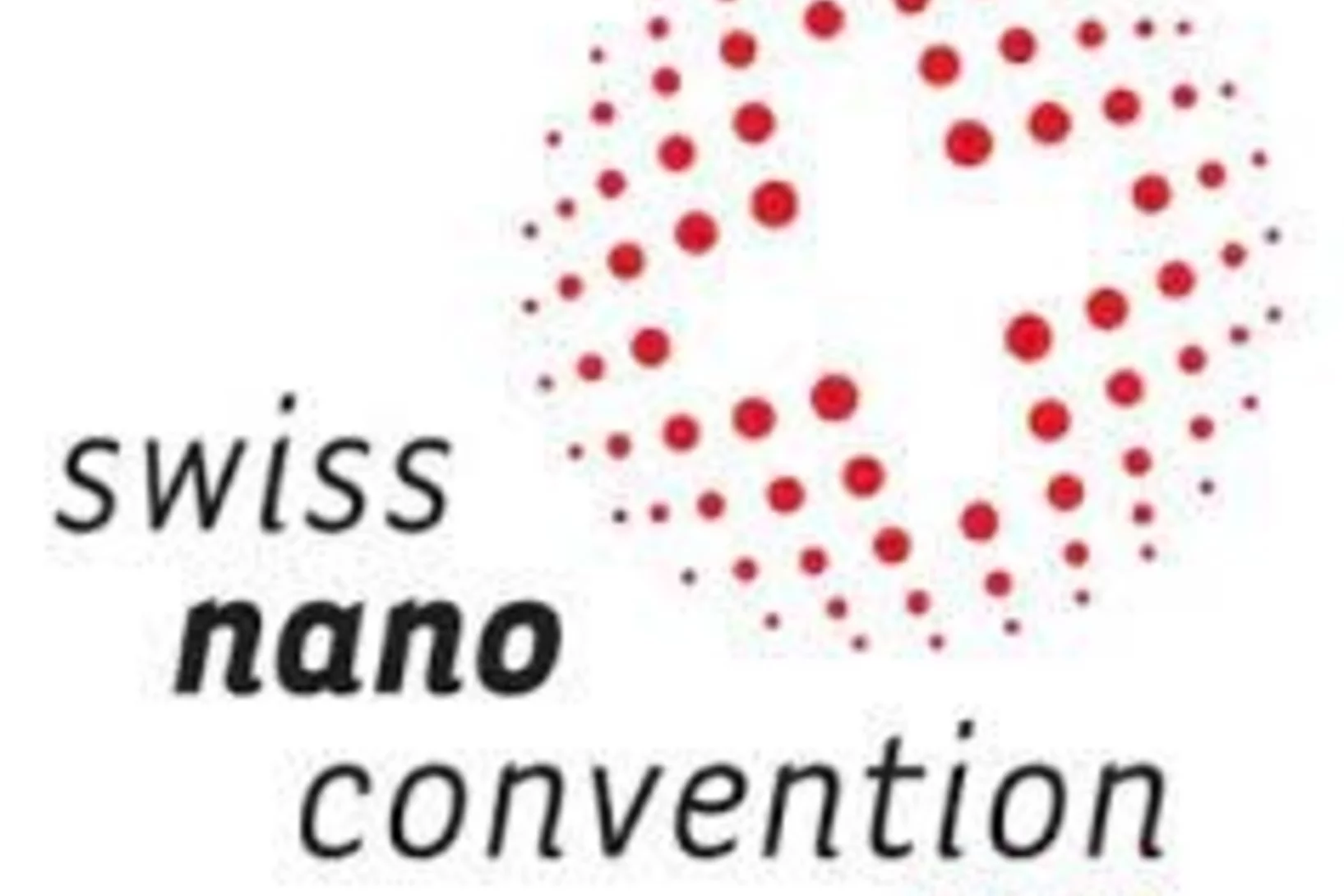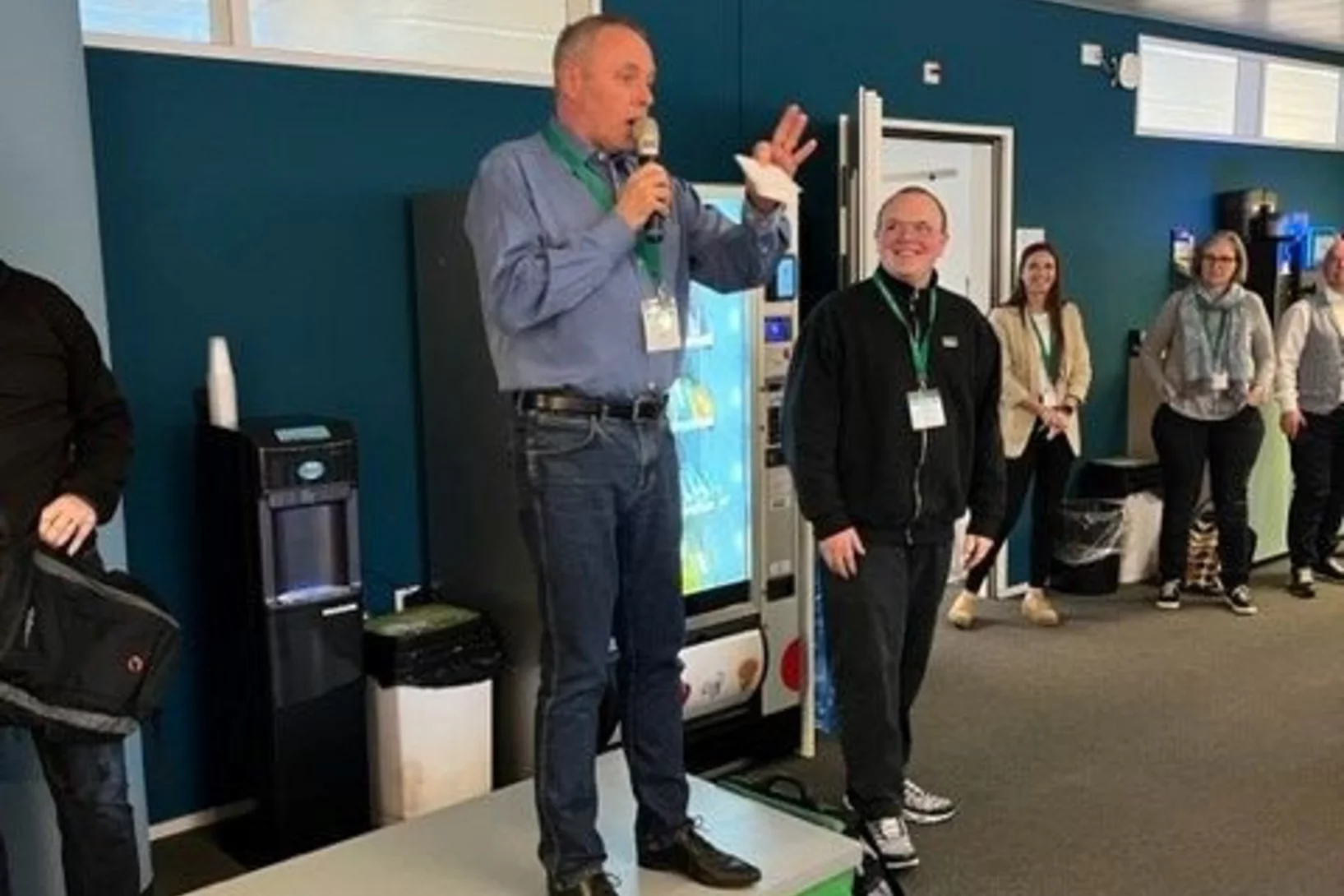Shifting away from nuclear energy, expanding solar and wind power, generating energy from biomass, reducing energy consumption. Switzerland is committed to becoming climate-neutral by 2050. An ambitious goal, which has become more urgent than ever due to the increasingly challenging geopolitical situation. How can a sustainable and resilient energy supply for Switzerland be established over the coming years? What's the optimal way to use renewable energy sources? What new technologies are especially promising? At PSI, researchers are seeking answers to these crucial questions.
Apochromatic X-ray focusing
A team of scientists from the Paul Scherrer Institut, the University of Basel and DESY have demonstrated the first-ever realization of apochromatic X-ray focusing using a tailored combination of a refractive lens and a Fresnel zone plate. This innovative approach enables the correction of the chromatic aberration suffered by both refractive and diffractive lenses over a wide range of X-ray energies. This groundbreaking development in X-ray optics have been just published in the scientific journal Light: Science & Applications.
Chemikalien-Inventur 2023
Dieses Jahr wurde die erste periodische Chemikalien-Inventur am PSI mit 117 beteiligten Gruppen und insgesamt 20`000 Chemikalien erfolgreich abgeschlossen.
Industry-Event: «Advanced Manufacturing» - What may added value cost?
ANAXAM, cross-ING and inspire AG cordially invite interested industry representatives to their information event on 29 June 2023 on the topic of "AM in the field of tension - what can added value cost?”
Successful AM solutions are characterized by the fact that they are understood and supported by the entire company. The additional benefits made possible by additive manufacturing - the "added value" - must be transported and communicated from the development department through marketing and sales to the customer.
Berufsbildungsausflug 2023
Die Umwelt ist uns nicht egal!
The evolution of O2 on Ir-based catalysts requires the complete oxidation of their surface to Ir+5
The evolution of O2 occurring in polymer electrolyte water electrolyzer anodes is a very slow reaction that must be catalyzed using iridium (Ir-) based materials. However, Ir is an extremely scarce metal, and thus the extended commercialization of these electrolyzers will only be possible if the amount of Ir implemented in their anodes is drastically reduced. This requires an improved understanding of the individual steps through which these Ir-based materials catalyze the evolution of O2. To shed light on this matter, in this work we studied four different Ir-based catalysts under operative conditions using time resolved X-ray absorption spectroscopy. Our results show for the first time that, despite the differences between these materials, their surfaces must systematically be completely oxidized to a +5 state in order for the evolution of O2 to proceed on them.
GDW-Cup Polymechanikerinnen und Polymechaniker
Polymechanikerinnen und Polymechaniker auf die Probe gestellt.
Information Event on Career-Building Programmes
Do you want to find out about career-building programmes such as CONNECT for female scientists at Swiss universities? Then take part in the hybrid information event on 31 May 2023!
Meilenstein - QV-Praktische Arbeit
«Aus alt mach neu», das sind die schönen Seiten in unserem Beruf in der Gebäudereinigung.
Nodeless electron pairing in CsV3Sb5-derived kagome superconductors
The newly discovered kagome superconductors represent a promising platform for investigating the interplay between band topology, electronic order and lattice geometry. Despite extensive research efforts on this system, the nature of the superconducting ground state remains elusive. In particular, consensus on the electron pairing symmetry has not been achieved so far, in part owing to the lack of a momentum-resolved measurement of the superconducting gap structure. Here we report ...
Ultrafast structural changes direct the first molecular events of vision
The visual pigment rhodopsin plays a critical role in the process of low-light vision in vertebrates. It is present in the disk membranes of rod cells in the retina and is responsible for transforming the absorption of light into a physiological signal. Rhodopsin has a unique structure that consists of seven transmembrane (TM) α-helices with an 11-cis retinal chromophore covalently bound to the Lysine sidechain of 7th TM helix. A negatively charged amino acid (glutamate) forms a salt bridge with the protonated Schiff base (PSB) of the chromophore to stabilize the receptor in the resting state.
Rhodopsin transforms the absorption of light into a physiological signal through conformational changes that activate the intracellular G protein transducin—a member of the Gi/o/t family—initiating a signaling cascade, resulting in electrical impulses sent to the brain and ultimately leading to visual perception. Although previous studies have provided valuable insights into the mechanism of signal transduction in rhodopsin, methods that provide both a high spatial and temporal resolution are necessary to fully understand the activation mechanism at the atomic scale from femtoseconds to milliseconds. This study presents the first experimentally-derived picture of the rhodopsin activation mechanism at the atomic scale using time-resolved serial femtosecond crystallography in association with hybrid quantum mechanics/molecular mechanics (QM/MM) simulations. The results show that light-induced structural changes in rhodopsin occur on a timescale of hundreds of femtoseconds, and they reveal new details about the conformational changes that occur during activation.
Quantum disordered ground state in the triangular-lattice magnet NaRuO2
It has long been hoped that spin liquid states might be observed in materials that realize the triangular-lattice Hubbard model. However, weak spin–orbit coupling and other small perturbations often induce conventional spin freezing or magnetic ordering. Sufficiently strong spin–orbit coupling, however, can renormalize the electronic wavefunction and induce anisotropic exchange interactions that promote magnetic frustration.
When electrons dress up in light
Light – the Fifth Element of Materials Science?
Wood: A wild card for the energy transition
The role of the natural resource for security of supply in Switzerland
Active learning-assisted neutron spectroscopy with log-Gaussian processes
Neutron scattering experiments at three-axes spectrometers (TAS) investigate magnetic and lattice excitations by measuring intensity distributions to understand the origins of materials properties. The high demand and limited availability of beam time for TAS experiments however raise the natural question whether we can improve their efficiency and make better use of the experimenter’s time.
Quality control of future transistors: Tackling the challenge of looking at atoms buried in silicon without moving them
Tackling the challenge of looking at atoms buried in silicon without moving them
Methane as an energy store
Researchers at PSI and the start-up AlphaSYNT are working together on a solution for efficiently storing energy.
Always on the pulse of time
Presenting two picture galleries to mark the 35th anniversary of the Paul Scherrer Institute PSI.
X-rays make 3D metal printing more predictable
Insights into the microscopic details of 3D printing from the Swiss Light Source SLS could propel the technology toward wider application
Will I have to start all over again when moving away from academia?
‘If I change to industry or the public administration, does that mean I have to start all over again?’ is a question that is often asked in career counseling sessions one way or another. Clearly, after having invested so much time and energy in your education and your research project, the last thing you would want is starting from scratch. But do you really have to start all over again when you change career direction? And what is so bad about a fresh start?
SDU: Software for high throughput automated data collection at SLS MX
The Smart Digital User (SDU) software for unattended data collection has been deployed at the macromolecular crystallography beamlines at the Swiss Light Source.
X-ray imaging after heart transplantations
Synchrotron light can be used in follow-up after a heart transplant to determine whether the body may be rejecting the new organ.
Jupiter mission to explore conditions conducive to life
Ganymede, Callisto and Europa: Jupiter’s icy moons are the destination of the upcoming ESA mission. On board: a high-tech detector developed by PSI.
Calcium sensor helps us to see the stars
New insight into how the protein calmodulin interacts with an ion channel in the eye could explain how our eyes achieve remarkable sensitivity to dim light.
Amyloid-polysaccharide interfacial coacervates as therapeutic materials
Coacervation via liquid-liquid phase separation provides an excellent oppor- tunity to address the challenges of designing nanostructured biomaterials with multiple functionalities. Protein-polysaccharide coacervates, in particular, offer an appealing strategy to target biomaterial scaffolds, but these systems suffer from the low mechanical and chemical stabilities of protein-based condensates. Here we overcome these limitations by transforming native proteins into amyloid fibrils and demonstrate ...
Mobility of Dissolved Gases in Smectite under Saturated Conditions
Mobility of water, sodium and gas molecules within a smectite nanopore
Various gases are produced by metal corrosion and organic material degradation in deep gelological repository for nuclear waste. To ensure repository safety, it's important to demonstrate that gases can be dissipated by diffusion in host rocks and prevent pressure buildup in repository near field. Smectite mineral particles form a pore network that is usually saturated with water, making gas diffusion the primary transport mechanism. Molecular simulations have shown that the diffusion of gases through the pore network depends on various factors, including pore size and temperature. For instance, smaller pores and lower temperatures tend to reduce gas diffusion. Interestingly, hydrogen and helium have been found to diffuse faster than argon, carbon dioxide, and methane, possibly due to interactions with the clay surface and water molecules. Ultimately, the diffusion coefficients for different gases and pore sizes can be predicted using an empirical relationship, which is useful for macroscopic simulations of gas transport.
The Hercules School visits PSI
20 international students visited PSI as part of the renowned Hercules School to learn about our state-of-the-art techniques and methodologies at our large scale facilities.
Latest Version of "Mobiltool" Released
How do you get from A to B in the most environmentally friendly way? This question can now be answered quite easily with the latest version of the "mobitool". Read the article to learn more.
Foto-Künstlerin Elina Giuliana
Fotografie bedeutet, in die Welt einzutauchen, wo Einzigartigkeit im Mittelpunkt steht.
PSI and Park Innovaare at the this year’s Swiss Nano Convention!
From 15 to 16 June 2023, the Swiss NanoConvention will take place in Neuchâtel. The platform offers the opportunity to exchange, discuss and network with key players from science and industry.
PSI will be there - visit us at our joint stand with Park Innovaare, the innovation park next to PSI, and find out more about how we can support industry and SMEs with their technical challenges and innovation processes. In combination with the possibilities of state-of-the-art material analytics, we can help you to improve both your products and your manufacturing processes.
XRnanotech, one of our spin-off companies, will also be present at our booth.
The main topics of the conference include Nano for Medtec, Life Sciences, Optics, Quantum Computing and Imaging. The two-day programme will feature plenary lectures, thematic sessions, discussion platforms and ample opportunity for in-depth and informal networking. A poster session and an exhibition are also planned.
We are looking forward to meeting you at booth no 26 soon!
Detailed information on the event can be found at:
https://swissnanoconvention.ch/2023/
Berufsbildungs-Event Olten 2023
Die Reise nach Olten hat sich gelohnt!

